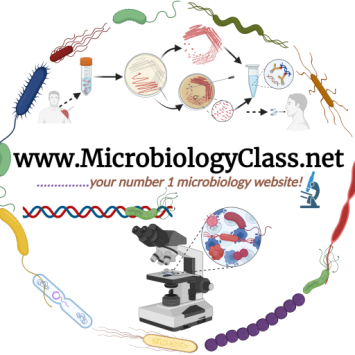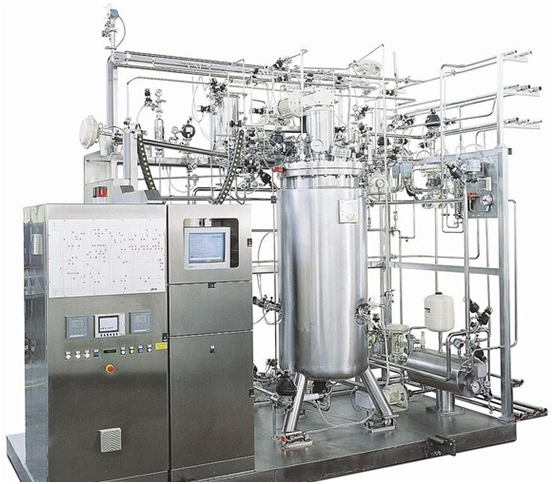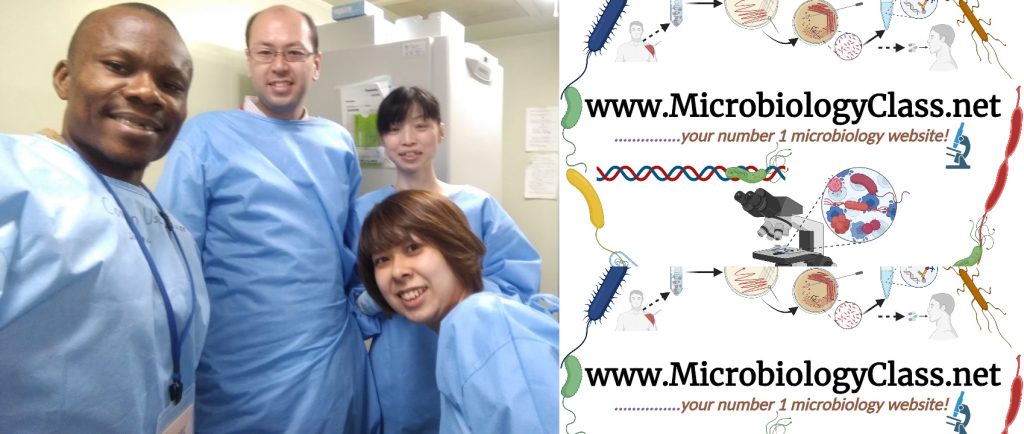Food meant for human and animal consumption must meet certain quality and safety criteria to be adjudged safe for consumption after production. And this is only possible if the production process follows certain guidelines which are all geared towards ensuring the safety and hygiene of the final product. Several factors affect the quality of food and food products. Some of the principles of ensuring adequate food hygiene are as follows:
PERSONNEL HYGIENE
Personnel hygiene is critical in every food producing industry. Most food borne diseases are acquired via the contamination of food by food handlers or food processing personnel who are sick or have one infectious diseases or another. Such sick individuals can pass on the infectious agent they are harbouring to unsuspecting consumers through the food that they process or produce. Because of this, food handlers and people who work in food producing companies are expected to maintain a high level of hygiene at their place of work; and those with contagious infections are advised to come forward or explain their ailments so that appropriate treatment can be administered to them to break the disease-transmission chain.
In addition to maintaining a proper personal hygiene, there should be washing hand sinks, detergents and lavatories for workers in such facilities. The proper protective clothing, footwear’s and head coverings should always be worn during production or while in the manufacturing or production room.
Personnel in food processing industries should report all medical conditions to management especially clinical symptoms like diarrhea, vomiting, flu and discharges from the body amongst others so that appropriate containment measures could be taken to alleviate the malady. Other personal behaviour such as coughing, indiscriminate spitting or sneezing over uncovered food during production should be avoided as much as possible, because such practices could serve as route via which infectious disease agents, could be transmitted via food to consumers.
DESIGN OF FACILITY
A suitable production facility is critical to the production of safe and hygienic food for consumers. Food producing facilities should be designed in such a way that sterile rooms are well separated from non-sterile room; and personnel should have specialized rooms for changing their clothing’s, eating, relaxation rooms and good lavatories for personal convenience. The surfaces where the raw materials are processed and even those surfaces that come in contact with the already processed food should not have any adverse effect on the food; and they should be easy to clean and maintained hygienically always.
Though the design of food processing facilities may vary from one region or country to another depending on the unique sanitary guidelines of every country for the construction of such a facility, it is important that food processing industries have effective cleaning and holistic maintenance measures which will help to reduce the level of microbial load in the environment. Such a facility should also have a laboratory unit or section where raw materials and processed food can be tested routinely to ensure that they are harmless to consumers.
The food production facility should also have a sustainable program for disinfection and cleaning of the environment (both indoors and outdoors) as this will help to minimize food contamination; and the facility should be designed to take care of effective waste management which could be a source of contamination especially if wastes are not properly managed.
PRODUCTION EQUIPMENT
Production equipment could also serve as sources of contamination in food production companies especially if the equipment is not routinely kept clean and maintained. Equipment used for food production should be easy to clean after precaution and even in the course of production (in some cases); and they should be non-toxic to the end product. Generally, food production equipment should be easily disassembled so that they can be properly cleaned to avoid microbial contamination.
CONTROL OF PESTS
Pests are living organisms including insects, plants and animals that carry diseases or infectious disease agents and transmit same to other organisms. They destroy plant products especially raw materials meant for food production. Pest control is critical in food processing companies because of their role in destroying raw materials for food production and even already processed food.
Because of the danger they pose to the safety and hygiene of food, food producing facilities should maintain proper sanitation always to avoid pest infestation in their facility. Pest infestation if allowed can be a source of contamination and destruction of food products and even raw materials. A good pest control measure that does not affect the safety and suitability of food should be put in place to assuage possible pest infestation in food processing industries.
References
Bushell M.E (1998). Application of the principles of industrial microbiology to biotechnology (ed. Wiseman, A.) Chapman and Hall, New York.
Byong H. Lee (2015). Fundamentals of Food Biotechnology. Second edition. Wiley-Blackwell, New Jersey, United States.
Clark D.P and Pazdernik N (2010). Biotechnology. First edition. Elsevier Science and Technology Books, Amsterdam, Netherlands.
Farida A.A (2012). Dairy Microbiology. First edition. Random Publications. New Delhi, India.
Frazier W.C, Westhoff D.C and Vanitha N.M (2014). Food Microbiology. Fifth edition. McGraw-Hill Education (India) Private Limited, New Delhi, India.
Guidebook for the preparation of HACCP plans (1999). Washington, DC, United States Department of Agriculture Food Safety and Inspection Service. Accessed on 20th February, 2015 from: http://www.fsis.usda.gov
Hayes P.R, Forsythe S.J (1999). Food Hygiene, Microbiology and HACCP. 3rd edition. Elsevier Science, London.
Hussaini Anthony Makun (2013). Mycotoxin and food safety in developing countries. InTech Publishers, Rijeka, Croatia. Pp. 77-100.
Jay J.M (2005). Modern Food Microbiology. Fourth edition. Chapman and Hall Inc, New York, USA.
Lightfoot N.F and Maier E.A (1998). Microbiological Analysis of Food and Water. Guidelines for Quality Assurance. Elsevier, Amsterdam.
Nduka Okafor (2007). Modern industrial microbiology and biotechnology. First edition. Science Publishers, New Hampshire, USA.
Roberts D and Greenwood M (2003). Practical Food Microbiology. Third edition. Blackwell publishing Inc, USA.
Discover more from #1 Microbiology Resource Hub
Subscribe to get the latest posts to your email.



